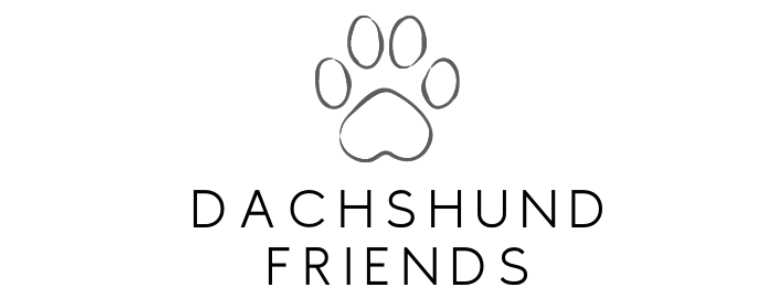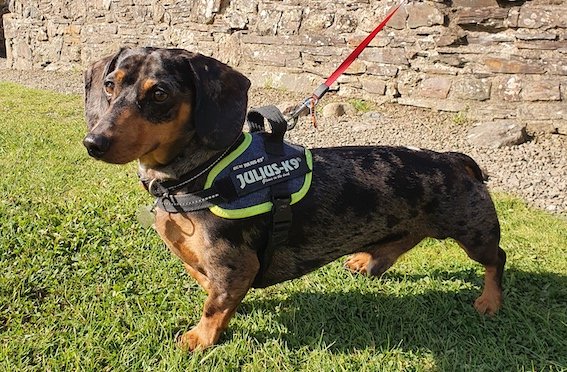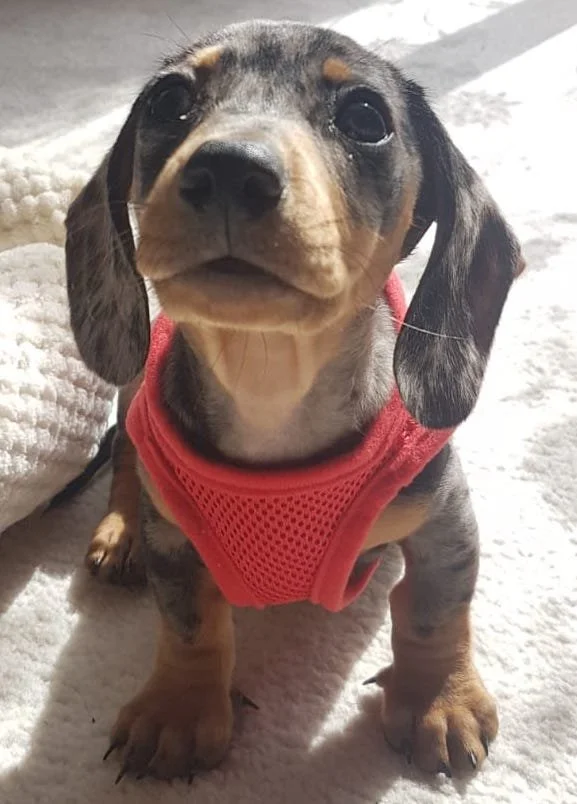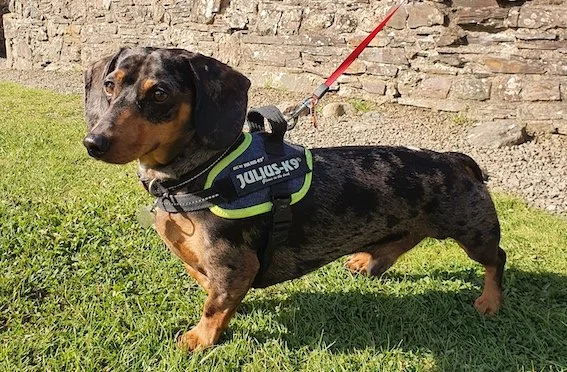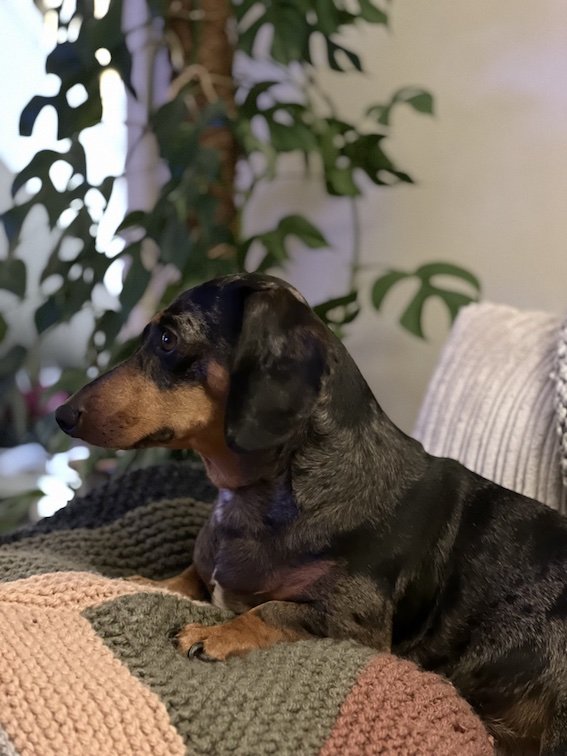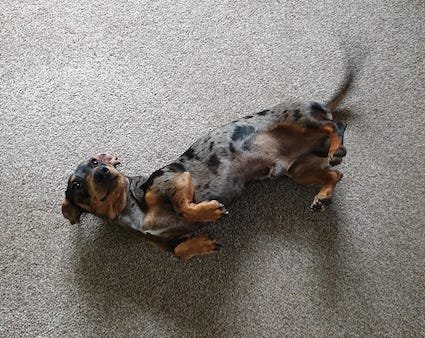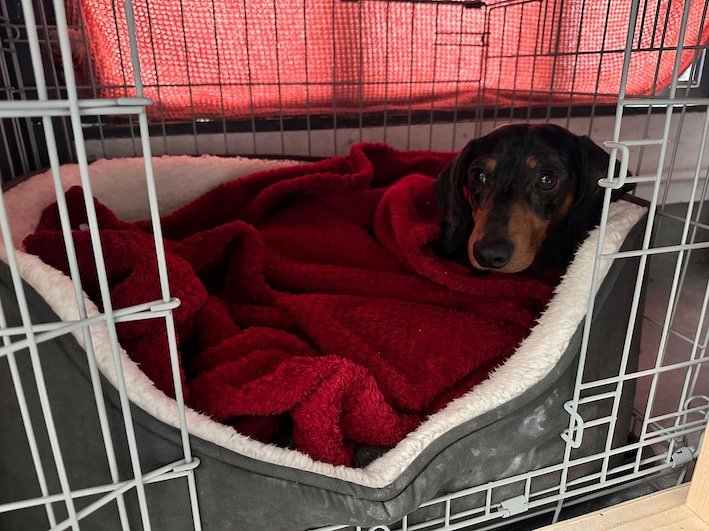Best Harnesses for Dachshunds
Choosing a harness to properly fit the sausage dog body can be a real challenge. When we first got our dachshund, we didn’t realise how much trial and error would be involved – especially with those deep chests, short legs, and tendency to wiggle out of everything!
Why We Use a Harness
While some dachshund owners prefer a collar, we found our boy simply wouldn’t walk with one, and we were also concerned about putting pressure on his neck and spine. Dachshunds are prone to back issues like IVDD, so we decided early on that a harness was the safest choice for our pup.
Over time, we also realised that a good harness gave us better control during walks, especially in busy areas or when passing other dogs. It felt more secure, more comfortable for him, and honestly just made walks less stressful all around. Once we made the switch, we never looked back.
Our Journey Testing Different Harnesses
1. First Harness (Pets at Home)
We started with the smallest option available locally in a nearby Pets at Home, but it was still a little big. It worked for the first few weeks of lead training but wasn’t a long-term solution. Once he outgrew this (very quickly!) we knew we would have to find something a bit better.
After having tried several off the rack generic dog harnesses from various different brands, we were beginning to think that we would need to get something custom made, as the sizing was never quite right, and we would often find that part of the harness was too tight or too loose, or would rub. This led to going through a number of different harnesses in a quest to find the right one!
2. 3 Peaks Adjustable Harness
We used this bright orange harness for a while, from the brand 3 Peaks bought in Pets at Home, and it was a better fit than others we’d tried. It worked well with jumpers in winter, but still didn’t feel like a perfect match for the dachshund shape as it either rubbed or gaped in awkward places.
3. Julius K9 IDC® Powerharness (Our Top Pick)
After asking some other dachshund owners for recommendations, we then decided to try a Julius K9 harness. We opted for the IDC® Powerharness in the size Mini-Mini after taking several measurements and following the recommendations on the website.
This has been the most secure, comfortable, and long-lasting harness we’ve found. The fully adjustable straps (both chest and belly) gave us confidence, and it’s easy to get on and off. Even after four and a half years of daily use, it’s holding up beautifully.
While it was probably the most expensive of the harnesses we have bought so far, I would definitely recommend this brand and buy from them again.
What to Look for in a Dachshund Harness
Whether you opt for one of our picks, or search out an alternative option as a harness for your dachshund, there are a few things to consider when selecting a harness to ensure you pick one that’s right for your dog. Some dachshund-friendly elements to look for include:
-
Back-safe design (no neck pressure)
-
Adjustable chest & belly straps
-
Escape-proof fit behind the legs
-
Comfortable padding
-
Easy to put on and remove
Collar vs Harness: Do You Still Need a Collar?
Yes! Even if you walk your dog on a harness, UK law still requires your dog to wear a collar with an ID tag when out in public. This is part of The Control of Dogs Order 1992, which states that dogs must wear a tag showing the owner’s name and address (and ideally a phone number) whenever they’re in a public place.
We always make sure our dachshund wears a lightweight collar alongside his harness when we go for walks. The harness gives us control and comfort, but the collar ensures we’re staying within the law, and it offers extra peace of mind in case he ever slips the lead or gets separated from us. It’s a small detail that’s easy to forget but really important.
FAQ
Is a harness better than a collar for dachshunds?
It often comes down to personal preference, as some dachshunds walk fine on a collar, while others resist it entirely. That said, a harness typically distributes pressure more evenly across the chest and shoulders, reducing strain on the neck. This can be especially beneficial for dachshunds, who are prone to spinal issues like IVDD. Even if you walk your dog on a harness, remember that UK law still requires a collar with an ID tag in public.
What type of harness is best for dachshunds with back problems?
Look for a Y-shaped, padded harness with broad chest support and no pressure on the neck or spine. Options like the Julius K9 or custom IVDD-friendly harnesses offer greater stability and reduce the risk of injury during walks. Avoid step-in harnesses that lift the legs awkwardly.
Can a dachshund slip out of a harness?
Yes – especially if the harness isn’t well-fitted or adjustable. Dachshunds have deep chests and narrow waists, so escape-proof designs are essential. Choose a harness with snug side straps and multiple adjustment points. Always test indoors first!
What size harness does a miniature dachshund need?
There’s no universal size because dachshund builds vary. Most miniature dachshunds wear an XS or size 0/1, depending on the brand. Always measure chest girth and neck before ordering, and consult the brand’s specific size chart. If your dog wears jumpers or coats underneath, size up slightly.
How tight should a harness be on a dachshund?
You should be able to fit two fingers snugly under each strap. It shouldn’t slide around, rub behind the legs, or dig into the skin. Watch for hair loss, redness, or resistance when walking as signs the fit might be wrong.
Should I get a front-clip or back-clip harness?
For dachshunds who pull on the lead, a front-clip (no-pull) harness can help redirect their movement. For more relaxed walkers, a back-clip harness is often more comfortable and easier to put on. Some harnesses offer dual clips so you can switch depending on the situation.
How we found the right fit
Finding the right harness for our dachshund took a lot of trial and error. We tried multiple styles from different shops and brands, hoping each one would be “the one”, but something was always slightly off. Some rubbed behind the legs, others felt too loose, and a few were just too fiddly to get on a wriggly dog. It was frustrating at times, especially when you want your dog to be comfortable and safe.
In the end, the Julius K9 worked best for us. It fits well, feels sturdy, and has lasted for years of daily walks. That said, what works for one dachshund might not suit another. If you’re still looking, don’t worry: it really is a process of testing and adjusting until you find the right shape and style for your dog’s body (and personality!). It’s worth taking the time to get it right!
